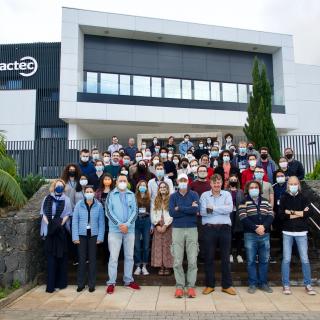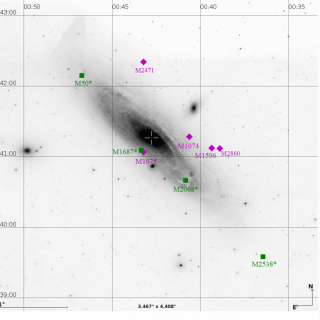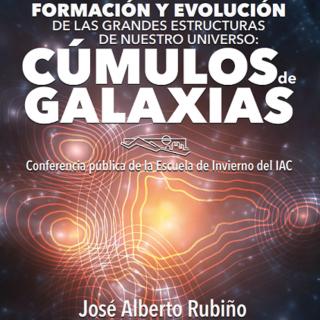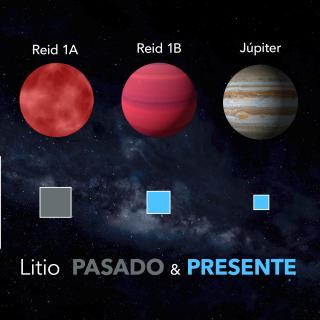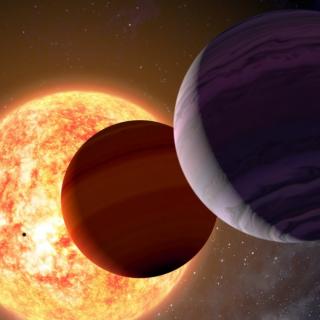
An international team of scientists, in which researchers from the Instituto de Astrofísica de Canarias (IAC) participate together with other institutions from Spain, Italy, Germany, Belgium, UK, and Mexico, has been able to measure the masses of the giant planets of the V1298 Tau system, just 20 million year old. Masses for such young giant planets had not been obtained previously, and this is the first evidence that these objects have already reached their final size at very early stages of their evolution. For this study they have used radial velocity measurements from the HARPS-N
Advertised on
